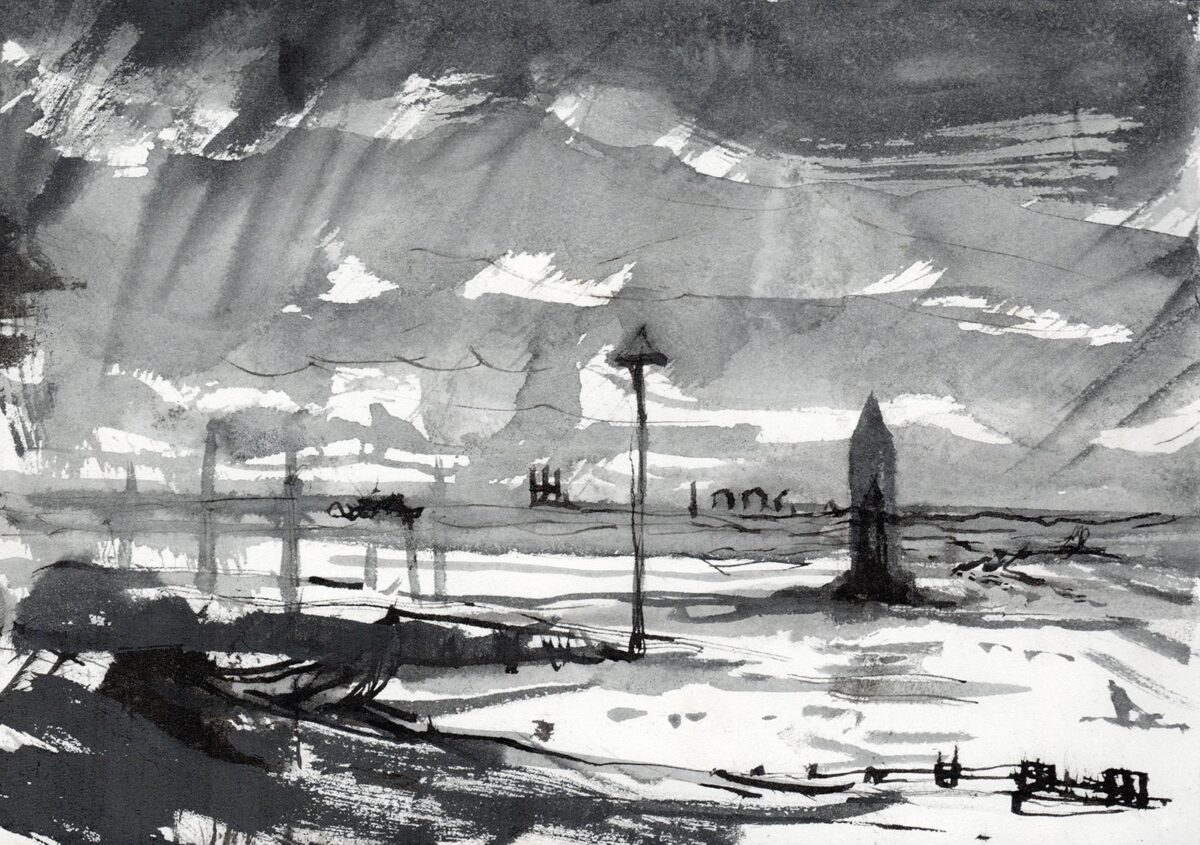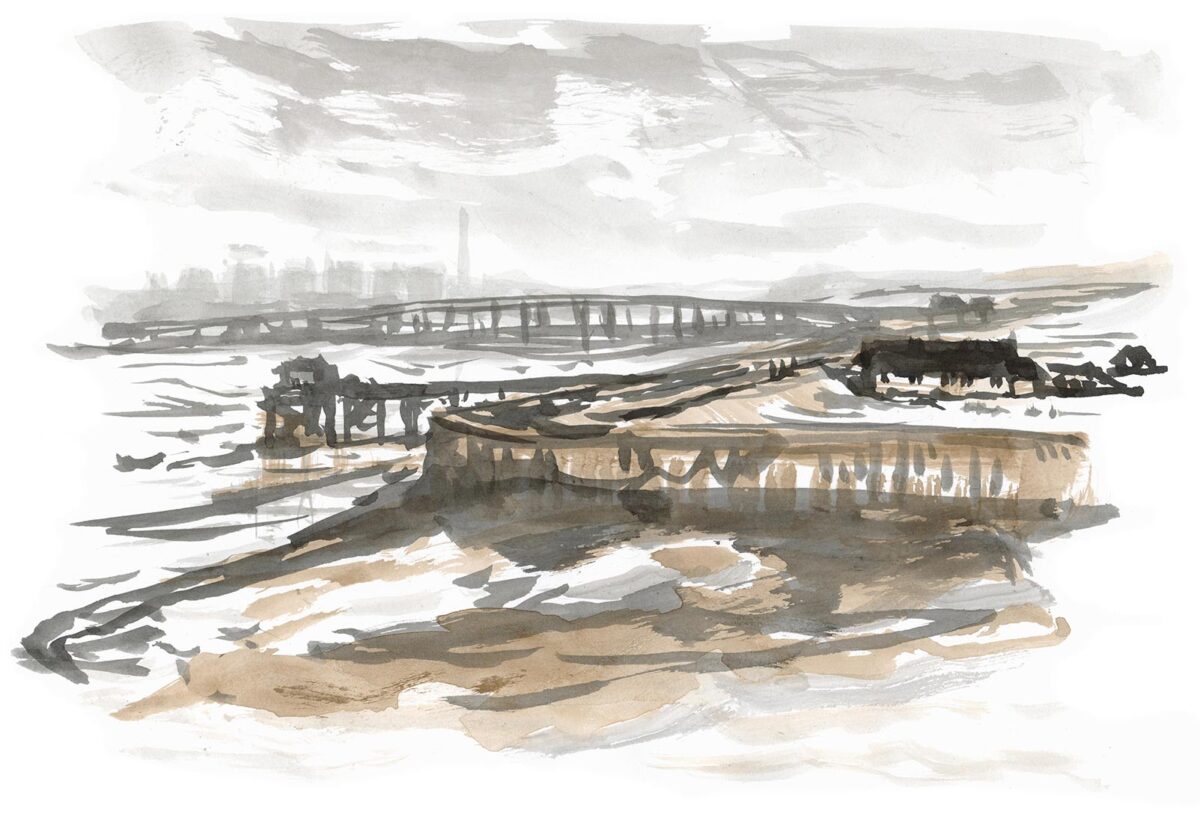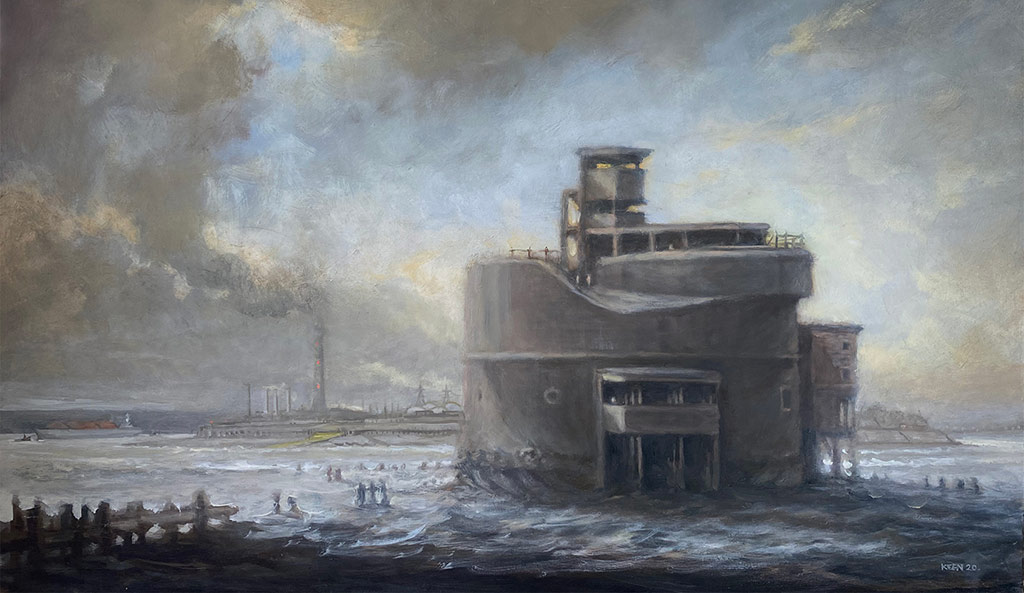
Store Category: Waypoints of inspiration









The inspiration for a dramatic Dickens’ tale
Charles Dickens used the churchyard of St James as his inspiration in the opening chapter of Great Expectations, where the hero Pip meets Magwitch the convict. The site – on the Hoo Peninsula with marshes stretching north to the Thames estuary, is dramatically desolate and bleak in winter, recalling the sinister opening scene in David Lean’s 1946 film of the book. Here, you can find what have become known as ‘Pip’s Graves’ – the forlorn gravestones of 13 babies that Dickens describes as “little stone lozenges each about a foot and a half long, which were arranged in a neat row beside their parents’ graves”.
Inside, the church is light and spacious. There is a 500-year-old timber door that still swings on its ancient hinges – even though it now leads to a blocked north doorway! Another quirky feature is the nineteenth-century vestry – its walls are lined from top to bottom with thousands of cockle shells – the emblem of St James. The monuments in the church walls and floor are a fascinating record of those who once lived here.
They include a slab with a brass effigy of Feyth Brook, who died in 1508 and was the wife of Lord Cobham, of nearby Cooling Castle. Dickens fans should also visit St Mary’s in Higham, the village where the novelist ended his days while writing The Mystery of Edwin Drood.

![]()
I wander towards the Sea-Obelisk in the mouth of Yantlet Creek, which could harbour 50 ships in a storm before it silted up.
It marks the limit of the ownership of the Thames by the City of London. Paired with the Crow Stone, the two stones mark the Yantlet Line, running north-south across the Estuary.
Both are 34 miles from London Bridge. The Medway stone carries the inscription “God Preserve the City of London”.

A foul-tempered Mermaid holds a TNT detonator and states “Welcome to Sheerness! You’ll have a blast!” in front of three rusting ship’s masts which poke through the water between the two main shipping channels.
Here The Montgomery lies paralized, broken-backed since the war, due to an ill-placed command. Its cargo of white phosphorus and unexploded bombs, bleeds gently beneath the sign which hangs around its neck: ‘Dangerous Wreck. Do not approach.”
Causewayed, decaying ‘No.1, The Thames’ rears into sight. Marrooned at low-tide within miles of silty sand, and beseiged at high-tide by the restless waves, it is girdled by The Medway Chain, which once stretched. too late, across the river to trip up enemy ships.
Behind it, the ghost-chimneys of Tilbury’s coal-fired Power Station flicker, standing so tall for 40 years, they were blasted to smithereens in seconds in September 2017.



